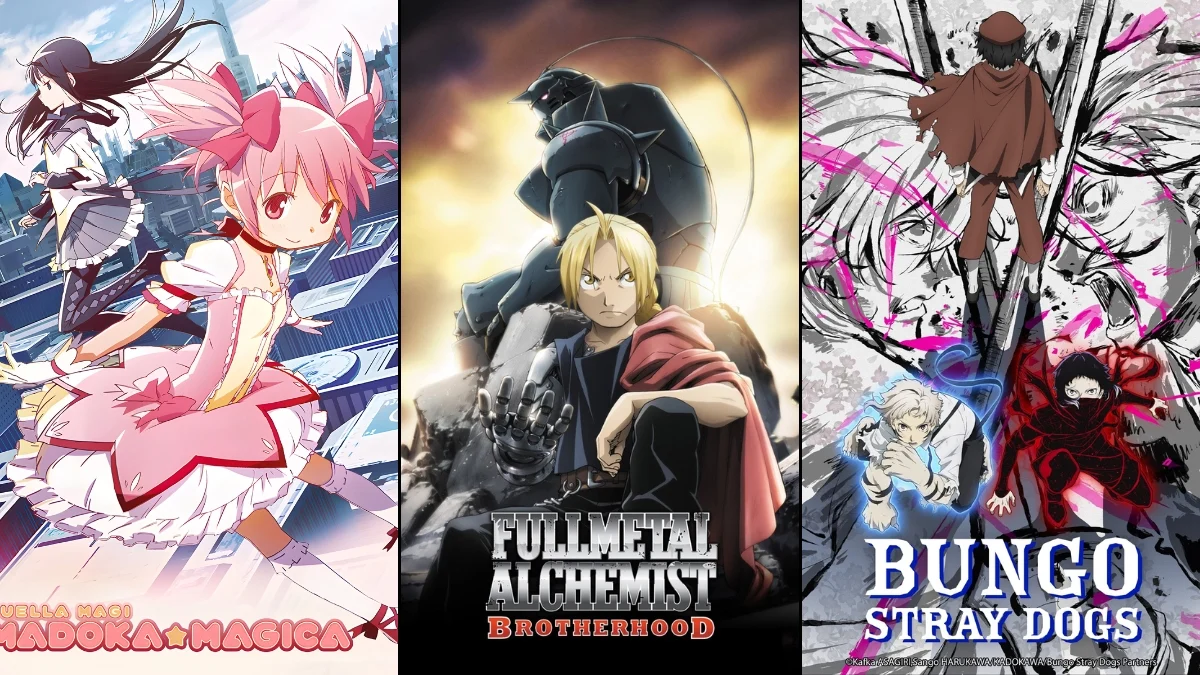
Many anime expertly balance comedy and heartfelt emotion, seamlessly shifting between lighthearted moments and more serious themes. These shows and movies use humor to initially engage viewers, then explore deeper topics through character development, detailed world-building, and impactful climaxes. Here are twenty examples of anime that successfully blend laughter and sadness to enhance their storytelling, with details on how they achieve this balance through strong production and narrative choices.
‘Fullmetal Alchemist: Brotherhood’ (2009–2010) – shonen pacing with war-era consequences
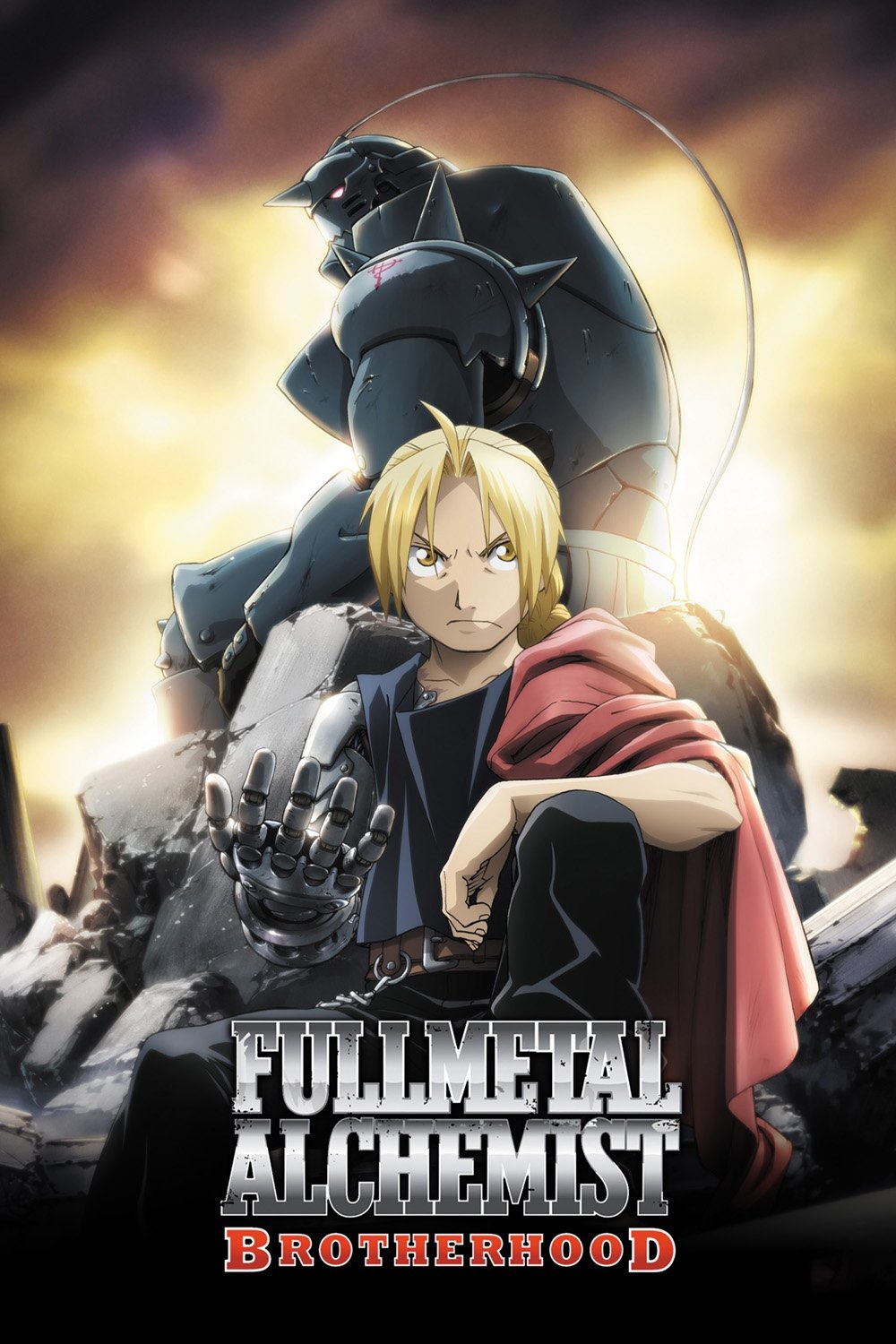
The anime Fullmetal Alchemist: Brotherhood is a well-paced adaptation of Hiromu Arakawa’s manga, skillfully balancing humor with a growing sense of danger related to alchemy and government control. Director Yasuhiro Irie maintains the show’s running jokes about the Elric brothers’ personalities and size, while building storylines around military secrets and the forbidden practice of human transmutation. The series effectively mixes lighter episodes focused on training and travel with intense battles and the unfolding mysteries of the Homunculi. Though the tone shifts frequently, the show is anchored by memorable supporting characters who start as comic relief but become deeply involved in major events like the Ishvalan war and the final confrontation.
‘Gintama’ (2006–2018) – parody skits that lead into multi-episode war arcs

The studio Sunrise (later Bandai Namco Pictures) created a series set in an alternate Edo period, blending comedic episodes – including parodies, short sketches, and jokes that acknowledge the audience – with a storyline about aliens. These characters then featured in more dramatic story arcs, such as ‘Benizakura,’ ‘Shinsengumi Crisis,’ and the ‘Silver Soul’ finale, which explored themes of rebellion, faithfulness, and foreign control. The show strategically used recap and festival episodes to create breathing room before launching into longer, impactful battles where characters faced lasting consequences. Despite changes in directors and between seasons, the show maintained a lively, energetic feel while keeping the overall story timeline consistent throughout major conflicts.
‘Steins;Gate’ (2011) – otaku humor before irreversible time loops
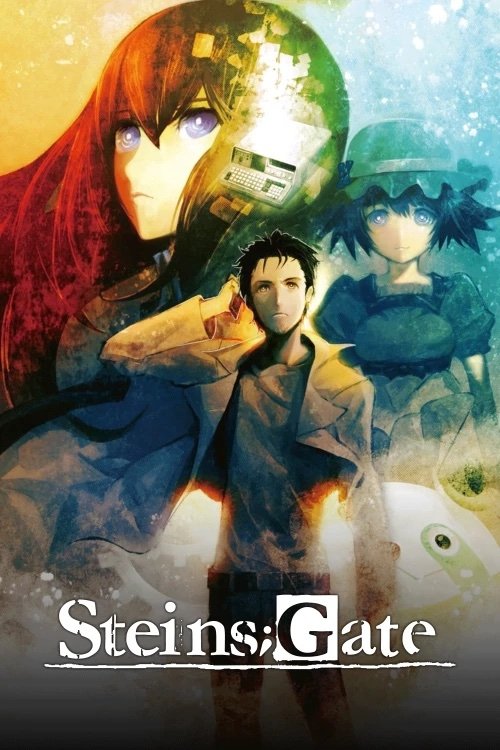
White Fox’s anime begins with lighthearted conversations and running gags at the Future Gadget Laboratory, playfully referencing the characters’ embarrassing pasts. However, the story takes a serious turn when a time machine alters reality, making seemingly unimportant details crucial to the plot. The episodes reflect this change, transitioning from casual, experimental scenarios to increasingly desperate attempts to fix the timeline, each with significant consequences. The characters’ nicknames and lab routines then serve as reminders of which version of reality they are currently in.
‘Puella Magi Madoka Magica’ (2011) – cute designs framing a deconstructive turn
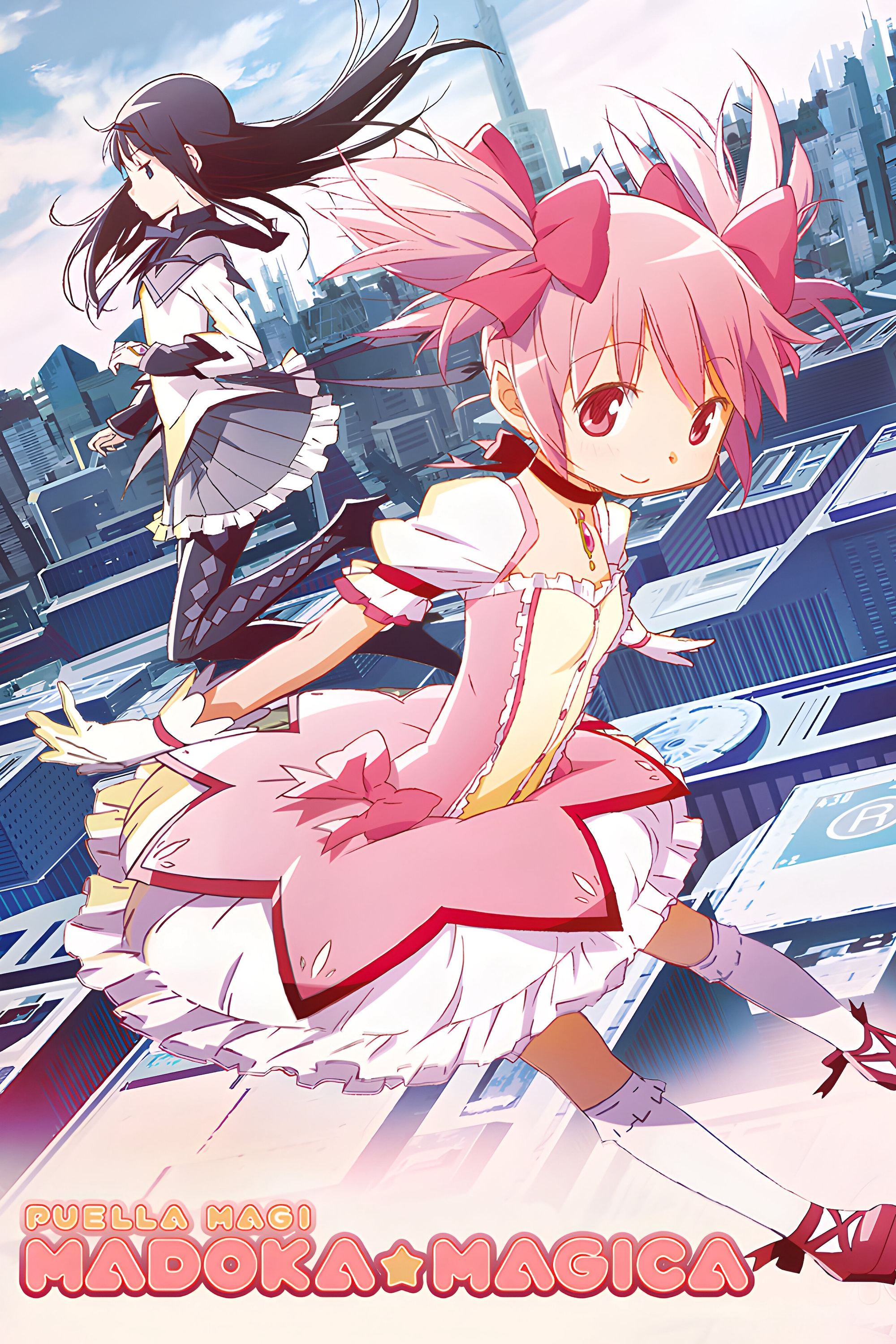
Director Akiyuki Shinbō brings a vibrant, playful visual style to the series, reminiscent of toys and featuring cute, comedic side characters. Initially, this cheerful look contrasts with the more complex, collage-like imagery of the witches’ world and the unfolding story of soul gems. The show uses lighthearted school scenes to subtly reveal details about character contracts and a darker element called grief seeds. This shift in tone becomes clearer during action sequences, where the art style changes dramatically, giving new meaning to the earlier, brighter visuals.
‘Clannad: After Story’ (2008–2009) – everyday gags preceding a family drama pivot

As a huge fan of the series, this season of Clannad really delivers. It starts with all the fun, lighthearted school life stuff and the hilarious antics of the various club members – you get really invested in these side characters. But then, things shift, and we see Tomoya and Nagisa grappling with the realities of adulthood and starting a family. It’s amazing how the show ties everything together; those running gags with the side characters actually matter later on. They use these beautiful ‘light orbs’ to represent the connections these characters make, and it’s a really clever way to show how those bonds are tested as life gets more serious. The first half is all about building those relationships, and the second half? Well, it puts them through the wringer, in the best way possible.
‘Assassination Classroom’ (2015–2016) – classroom pranks paired with a deadline

The anime series, based on Yūsei Matsui’s manga, follows a class of students assigned the unusual task of assassinating their incredibly powerful teacher – all while still attending classes and going on school trips. The show features funny training sequences and clumsy gadget use that help the students develop skills they’ll need for secret missions. A deadline to complete the assassination adds stakes to the lighter, everyday lessons in subjects like chemistry, sports, and sneaking around. The series blends humor, including running gags about tentacles and classroom life, with episodes that reveal the teacher’s past and the reasons why the class is often overlooked.
‘Anohana: The Flower We Saw That Day’ (2011) – goofy reunions anchoring grief work

A-1 Pictures starts with a somewhat clumsy, yet often funny, look at childhood friends trying to reconnect after a loss. Early scenes of them meeting up, playing games, and visiting each other’s homes feel like lighthearted social comedy, but gradually reveal how each person is dealing with their grief. As the friends work on projects together, they become more meaningful, pushing them to confront their feelings and make amends. The show’s small cast and single location keep the focus tightly on these core relationships throughout the series.
‘Your Lie in April’ (2014–2015) – performance gags against performance pressure
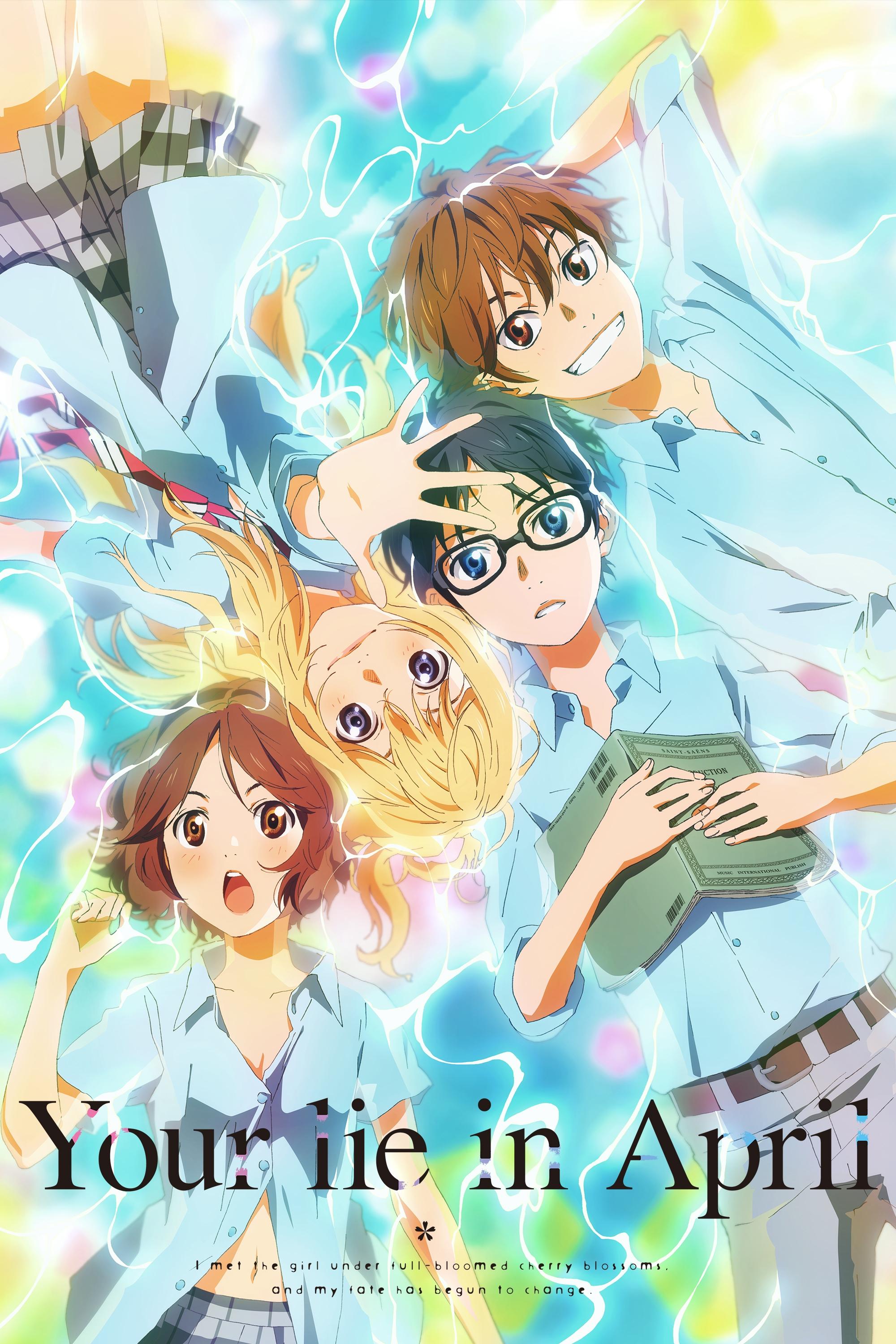
A-1 Pictures blends funny, everyday school life with intense performance scenes. The show uses humor during practice to highlight the characters’ skills and relationships, then shows how they rely on those same things to deal with pressure during competitions. It alternates between lighthearted club activities and the characters’ inner thoughts about stage fright and forgetting their routines. The music and how performances are presented demonstrate how each character’s style develops, and familiar comedic elements reappear in new ways during shows.
‘Made in Abyss’ (2017–2022) – cute adventure veneer over hazardous exploration
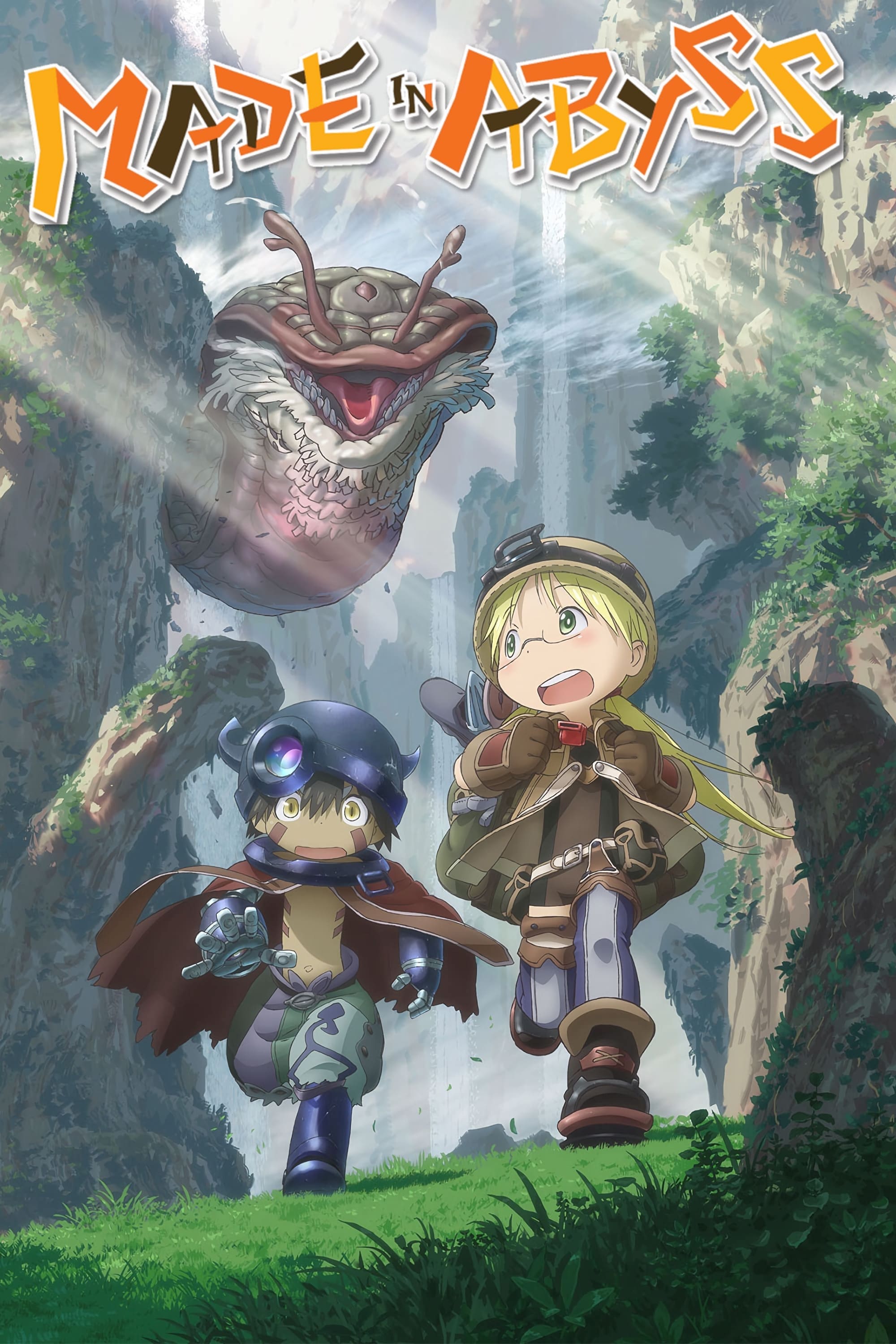
Okay, so Kinema Citrus has a really interesting visual style here – the characters are super cute, almost chibi-like, and there’s a lot of playful humor around treasure hunting. But don’t let that fool you! This show quickly establishes a really strict system of rules and dangers as you descend into the Abyss. It almost feels like a natural history documentary at times – at first, it’s all about cool relics and whistles, but then it quickly shifts to the brutal realities of survival. The side stories, while often lighthearted, actually cleverly hint at the intense planning and resources you’ll need for the deeper dives. And the films and second season really drive home this contrast – what starts as exciting exploration quickly becomes a series of chilling case studies in just how much risk is involved. It’s a smart way to build tension and show the true cost of venturing into the unknown.
‘Fruits Basket’ (2019–2021) – slice-of-life comedy within a multi-generation curse

The new version of this series uses humor – like school life, holiday specials, and everyday housemate situations – to gradually introduce each member of the Soma family. These funny moments then lead to explorations of how their zodiac connection impacts their freedom and relationships. The show balances intense conflicts with the family head by including lighter storylines set during festivals and at the beach. This adaptation covers the entire story from the original manga, connecting the characters’ normal lives with the ultimate resolution of the family curse.
‘Mob Psycho 100’ (2016–2022) – deadpan gags masking power-control themes
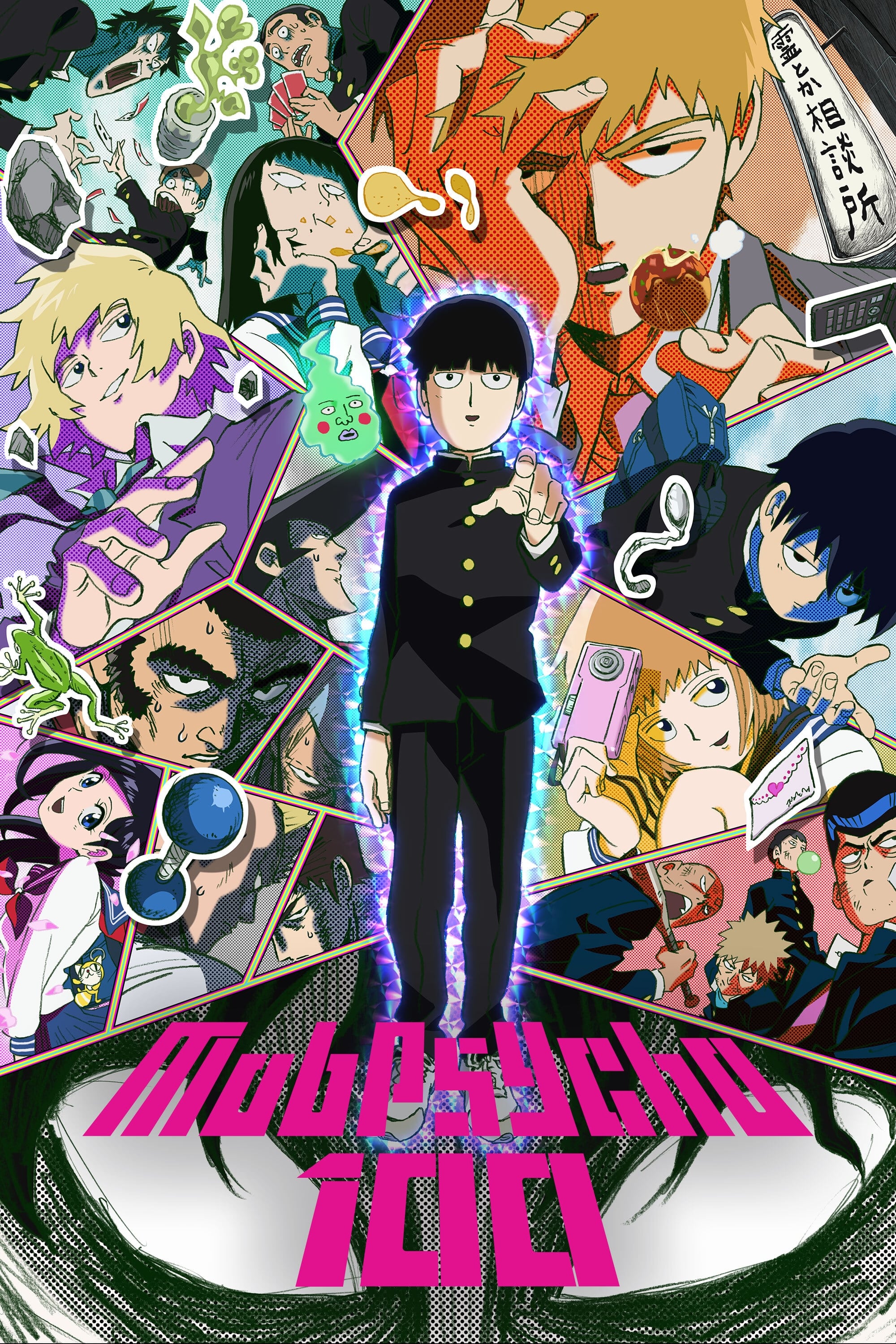
As a huge anime fan, I’ve been completely captivated by how Bones brought ONE’s manga to life in Mob Psycho 100. They really lean into the visual gags – things like intentionally blurry frames, those funny percentage counters showing Mob’s power, and all the goofy stuff happening at the Spirits Club – while also doing a surprisingly great job of showing Mob’s struggle to control his emotions. Each episode usually bounces between smaller, everyday ghost-busting jobs and these massive, city-threatening conflicts with other espers and weird cults. What I also love is how running jokes about Mob being terrible at physical activity and Reigen’s constant money-making schemes actually show us how both characters are developing. The animation is incredible, too. They clearly prioritized hand-drawn effects and aren’t afraid to get experimental, especially when Mob’s power levels are spiking – it goes from playful and fun to genuinely overwhelming, visually speaking.
‘Samurai Champloo’ (2004–2005) – anachronistic comedy on the road to a somber destination
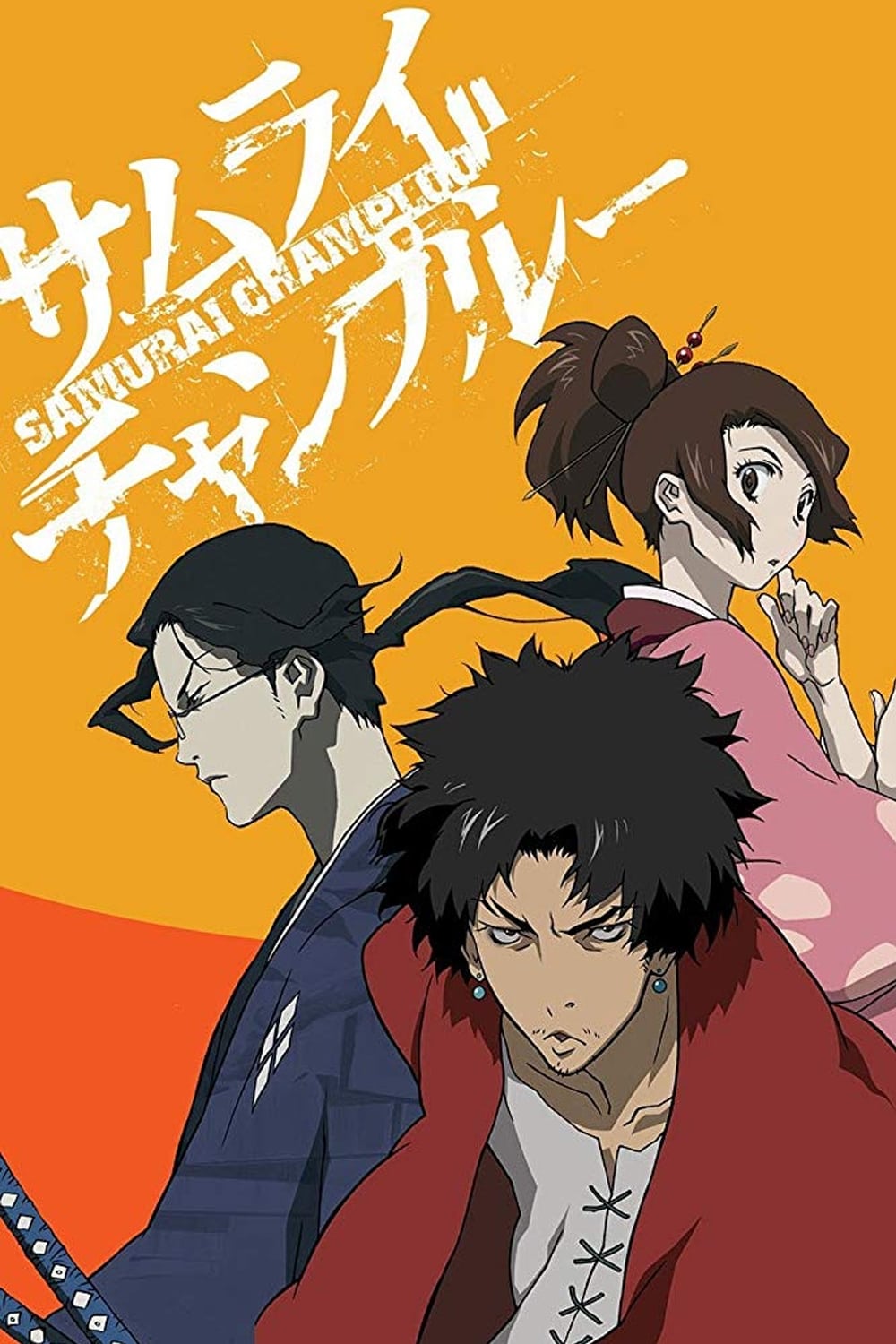
Manglobe blends old-school hip-hop elements and funny, self-contained stories with a larger, ongoing quest. The show mixes lighthearted scenes – like finding food, playing baseball, and creating graffiti – with more serious topics such as hunger, mistreatment, and deception. The characters’ playful arguments shape their decisions during the climactic showdown. While the music and different directors bring variety to the show’s feel, the overall story structure remains consistent.
‘Cowboy Bebop’ (1998–1999) – caper humor meeting noir backstories
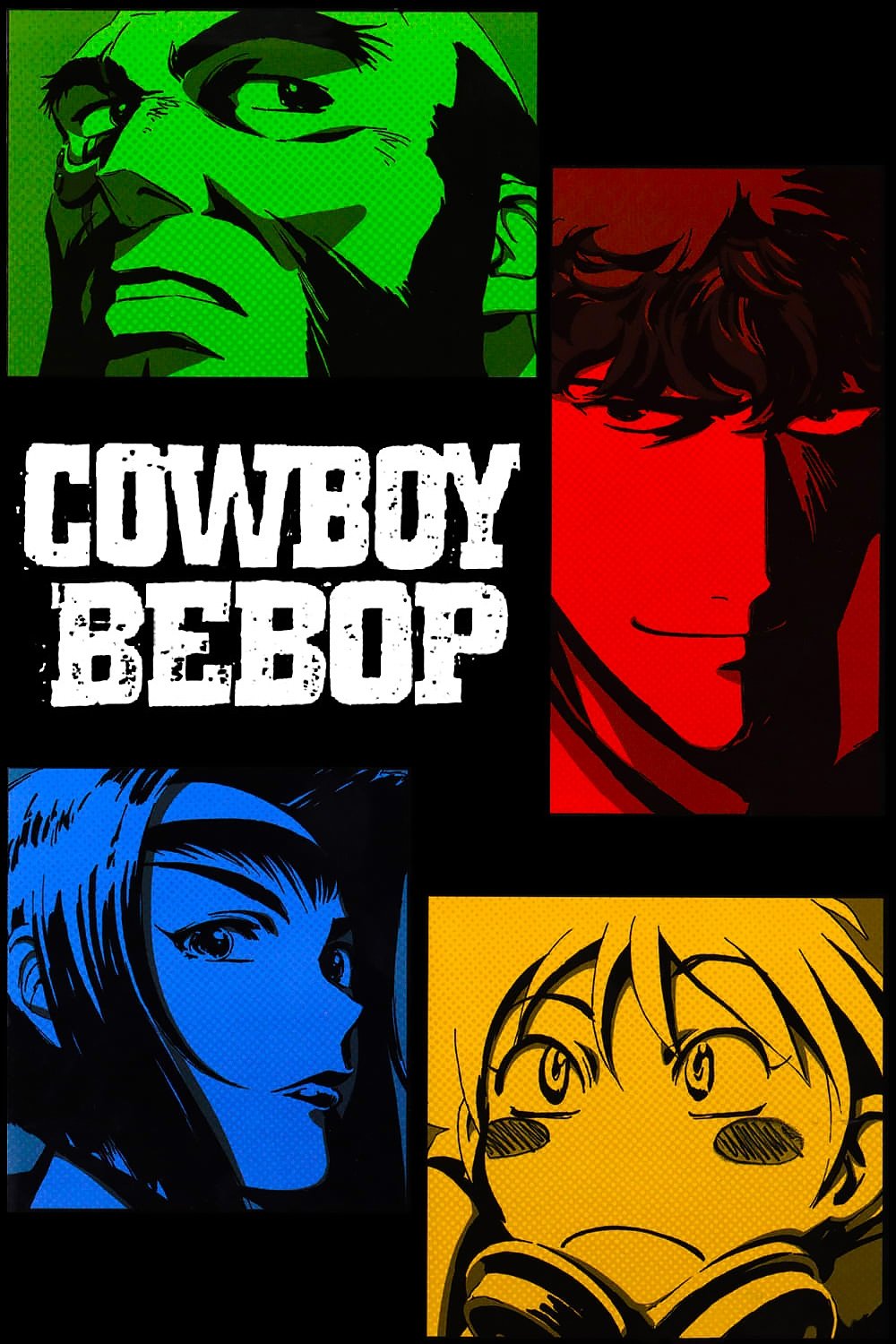
Cowboy Bebop generally follows a ‘case-of-the-week’ format, with the crew getting into funny situations while hunting bounties. These adventures are mixed with deeper stories that explore the characters’ pasts, connections to organized crime, the effects of war, and personal tragedies. Lighter, comedic episodes – like those focused on running out of food or chasing a pet – are placed between more serious ones. Each episode is introduced with jazzy music and quick gags, and often ends with a dark, film-noir-inspired resolution.
‘Trigun’ (1998) – slapstick disguising a pacifist’s past

This anime is based on a manga and starts with lighthearted episodes featuring bar fights and cases of mistaken identity. As the story progresses, it reveals a much larger, more serious plot involving major catastrophes and explains how the main character became famous. Characters who initially seem like they’re just there for laughs end up playing important roles in extended action sequences. The series is set on a desert planet, and what began as simple jokes about shooting and insurance policies become crucial elements in intense, high-stakes battles.
‘Neon Genesis Evangelion’ (1995–1996) – school gags before psychological breakdowns
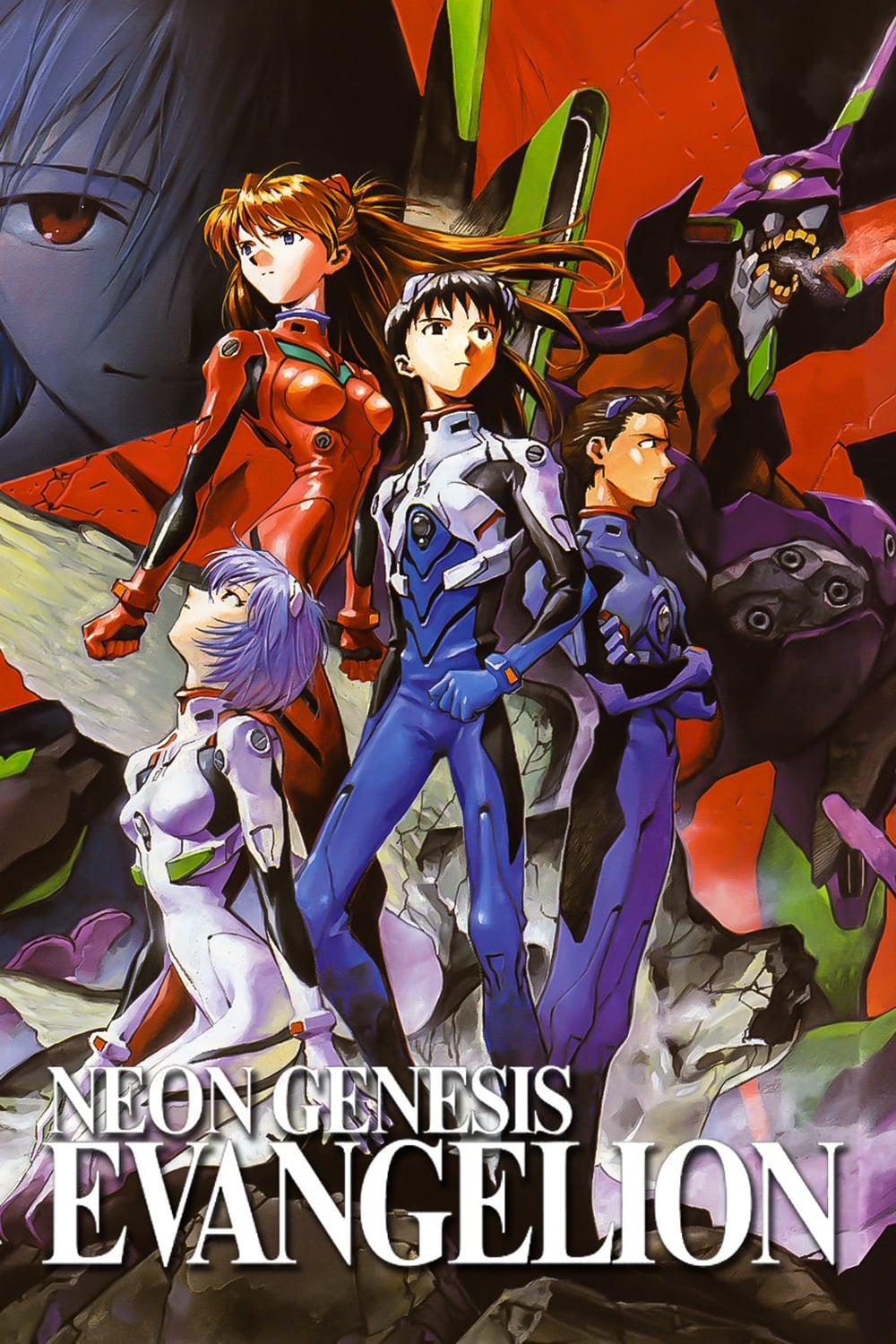
The series starts with lighthearted scenes of everyday life – think school comedies, funny roommate situations, and silly workplace antics. As the story progresses and conflicts build, it delves into deeper, more psychological themes, cleverly revisiting earlier jokes as ways for the characters to cope. The episodes are structured with moments of fun and relief placed right before intense events, which makes the contrast even stronger. Later on, the show’s production style changes, focusing more on characters’ thoughts and feelings than on the group dynamics that were prominent at the beginning.
‘Oshi no Ko’ (2023–2024) – idol industry satire wrapped around a revenge plot

Doga Kobo blends humorous sketches, spoofs of social media, and the inner workings of a talent agency with a central crime investigation. The show explores everything from how actors are cast and how many viewers shows get, to the public relations strategies used to promote them, all while revealing the reasons why things are so important through flashbacks. It uses funny behind-the-scenes moments from reality shows and plays to foreshadow more serious events. The series also cleverly incorporates how popular characters are and what projects are in development as key parts of the storyline.
‘Ranking of Kings’ (2021–2022) – fairy-tale humor with violent succession stakes

Wit Studio creates a charming world that looks like a fairy tale, filled with funny moments and harmless mix-ups centered around a prince who doesn’t speak. As the story unfolds, darker elements like palace conspiracies, assassination plots, and shady deals begin to emerge beneath the surface. Each episode mixes lighthearted scenes of training and travel with flashbacks that reveal the reasons behind the villains’ actions. The animation style is generally simple, but the fight scenes become impressively detailed as the story gets more intense.
‘March Comes in Like a Lion’ (2016–2018) – warm slice-of-life around professional shogi pressure
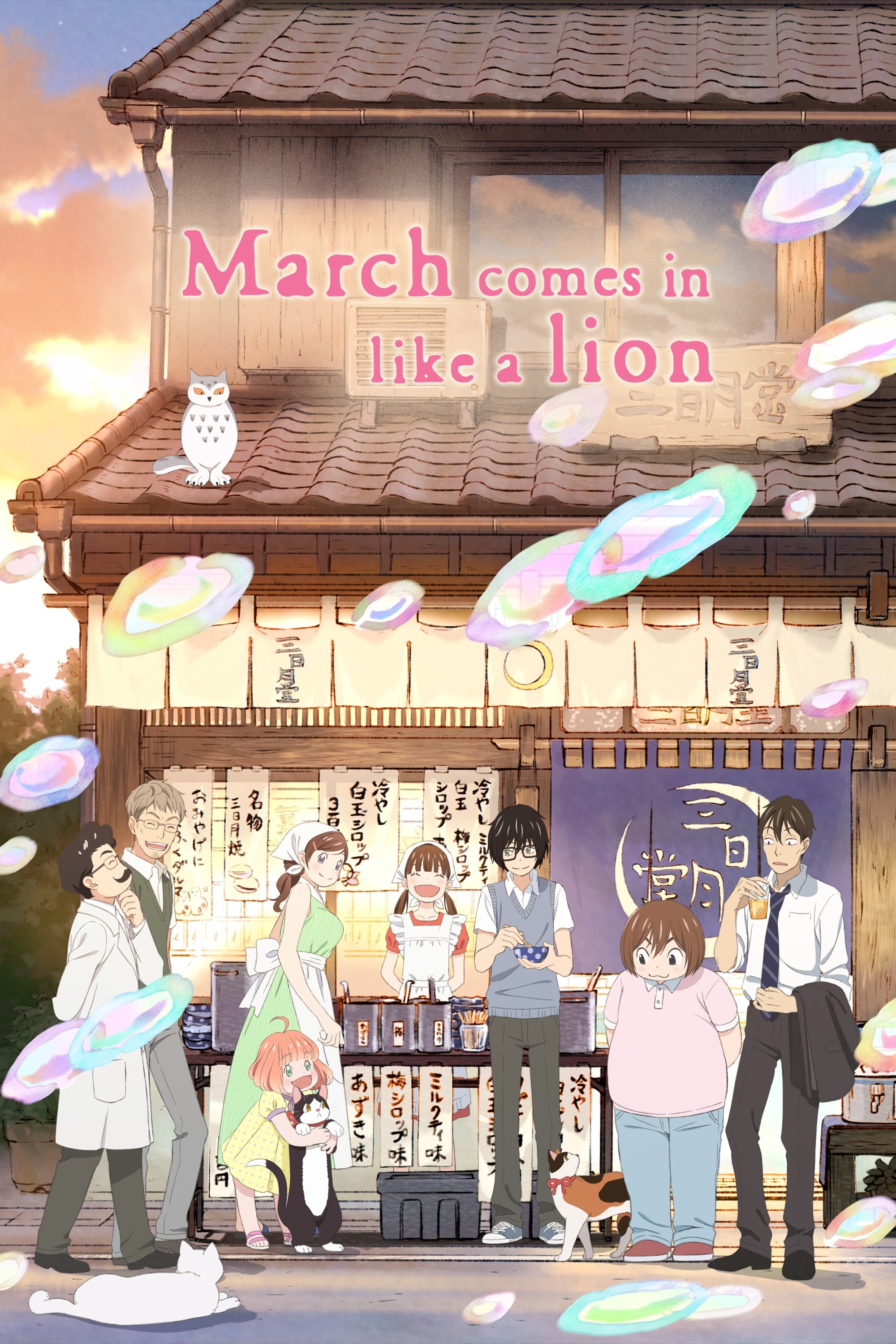
This series, based on Chica Umino’s manga, skillfully mixes lighthearted moments – like cooking and neighborhood fun – with more serious competitive matches and school life. It follows the main character’s journey, detailing how rankings work, how players challenge for titles, and the unique rules around time control, all while also showing their daily life, health, and education. Relaxed episodes focusing on things like cats and local festivals are interspersed between the intense competition arcs to provide breathing room. The show uses a distinct visual style to clearly separate normal, everyday scenes from the high-stakes action of the tournaments.
‘Bungo Stray Dogs’ (2016–2023) – agency hijinks meeting literary-themed conflict
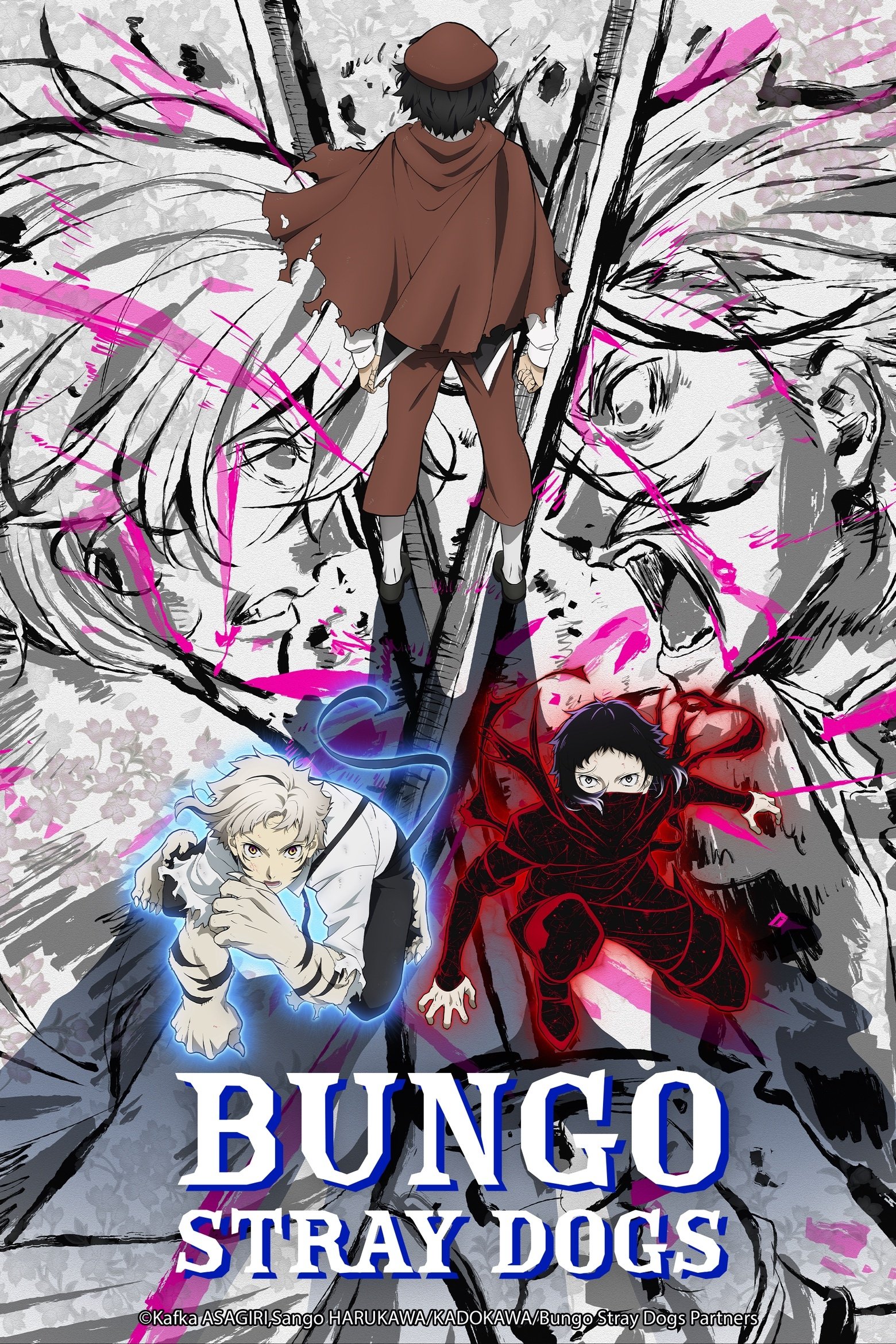
The series starts as a funny workplace comedy about detectives who take on unusual cases. It quickly evolves into a more serious story involving conflicts with powerful criminal organizations, like the Port Mafia. Characters have unique abilities inspired by famous authors, and these powers are often showcased with witty dialogue before being used in dangerous fights. The story jumps between current investigations and flashbacks that reveal more about the characters and their relationships. Throughout it all, the show focuses on a core group of characters, blending lighthearted humor with ongoing criminal storylines.
‘Kill la Kill’ (2013–2014) – schoolyard absurdity fueling a rebellion

The show starts with silly student council rivalries and jokes about school uniforms, but these lighthearted moments subtly hint at a hidden power structure. As the story grows from campus conflicts to family secrets, these comedic scenes transform into serious battles with real stakes. Despite the increasing tension, the series maintains a playful tone through things like episode titles, short visual sequences, and club spoofs. Recurring jokes and props are cleverly used to signal important changes in characters’ loyalties and the overall scale of the conflict.
‘Fruits Basket’ (2001–2001) – early adaptation’s gentle humor foreshadowing deeper lore
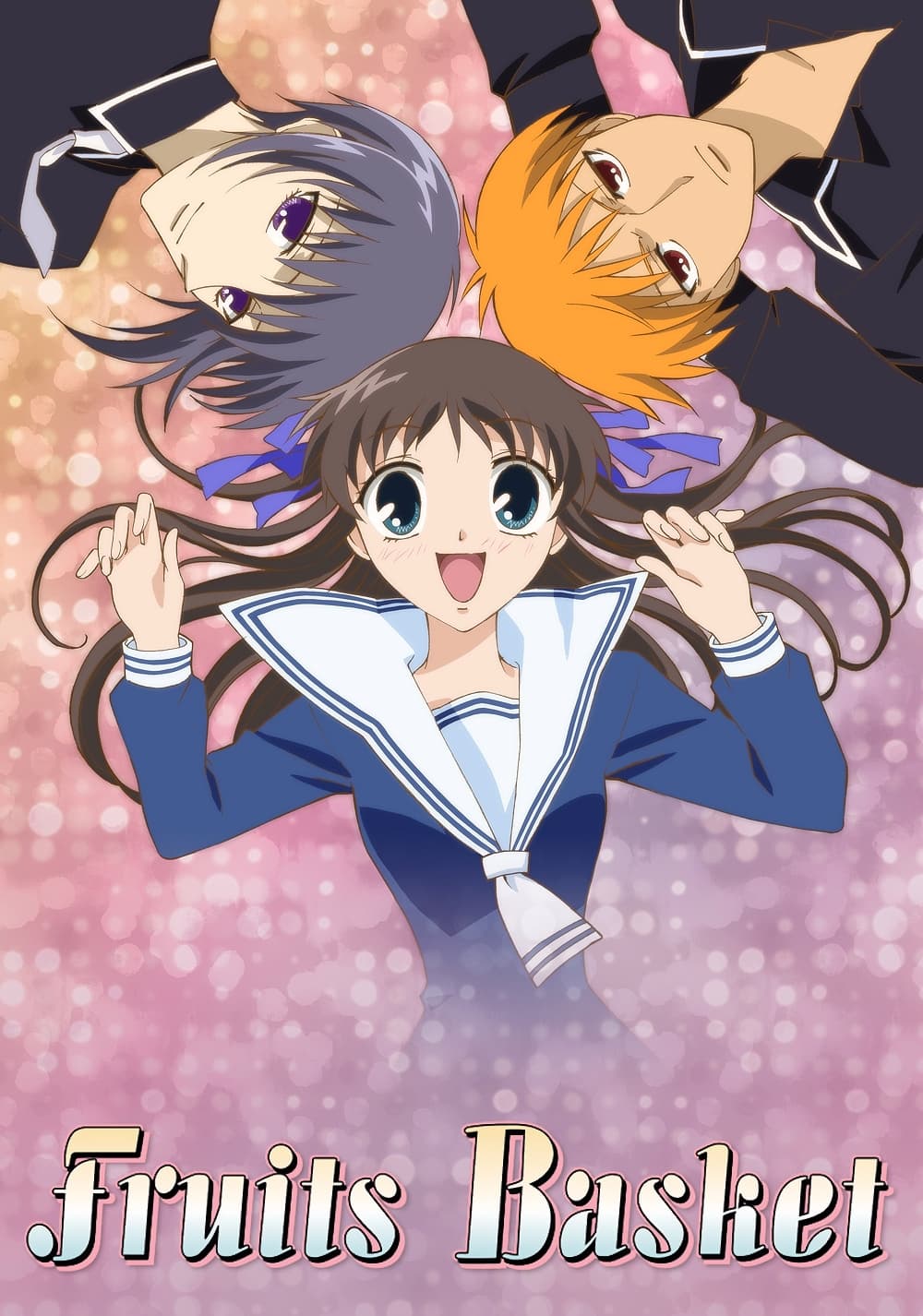
The first anime adaptation by Studio Deen centers on everyday funny moments and introducing the characters, subtly showing how they interact based on their zodiac signs. Early episodes feature typical school events and home life situations, while also foreshadowing themes of family relationships and feelings of loneliness. Though it only covers a portion of the original manga, this version sets up the contrasting moods that the later remake fully develops. The show cleverly uses lighthearted scenes to hint at conflicts to come.
Did you like the variety of both easygoing and intense choices? Let us know in the comments which titles struck the perfect balance for you!
Read More
- Silver Rate Forecast
- Gold Rate Forecast
- Красный Октябрь акции прогноз. Цена KROT
- MSCI’s Digital Asset Dilemma: A Tech Wrench in the Works!
- Dogecoin’s Big Yawn: Musk’s X Money Launch Leaves Market Unimpressed 🐕💸
- Bitcoin’s Ballet: Will the Bull Pirouette or Stumble? 💃🐂
- Guardian Wealth Doubles Down on LKQ Stock With $1.8 Million Purchase
- Binance and Botim Money Join Forces: Crypto in the UAE Gets a Boost-Or Does It? 🚀
- Twenty One Capital’s NYSE debut sees 20% fall – What scared investors?
- Monster Hunter Stories 3: Twisted Reflection gets a new Habitat Restoration Trailer
2025-11-04 08:50